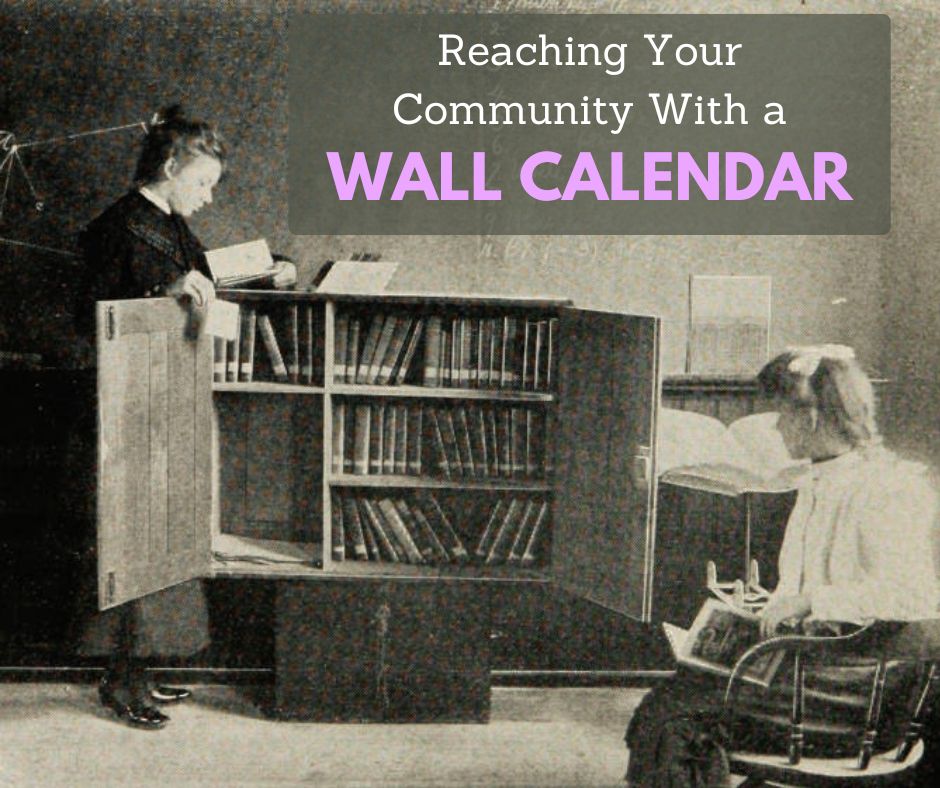
When Donna Forbis graduated from the 8th grade, her parents gifted her a 10-speed bike. Her mother decided she was old enough to ride to the Peoria Public Library‘s Lakeview branch.
“Back then, kids were not allowed in the adult stacks, so I was limited to my ‘side’ of the library,” remembers Donna. “I was very short (under 5′ tall), so even as a teen, I still looked like a kid. My ventures into the adult stacks would sometimes draw ‘looks’ from other patrons, but the library staff knew I was in search of mysteries I had not yet read!”
Donna’s love of the library never abated. She now works for the Illinois Prairie District Public Library. The library is small, with rural and suburban areas covering a service population of about 25,000 residents.
“We have fewer than 25 staff members (including our Director) servicing our six branches,” explains Donna. “Many staff members do double- or sometimes triple-duty.”
“My official title is Marketing & Events Coordinator, but I am also the branch manager for our Germantown Hills branch. I oversee all adult programming at our branches, and I coordinate with our Youth Services Librarian/Assistant Director on teen programming. I am responsible for creating nearly all of our promotional materials. What I don’t generate myself is usually shared with me to make sure it fits our style and brand before being shared with the world.”
It’s a lot of work, and Donna’s library still struggles to reach community members, especially regarding their programs and events. But Donna’s library is doing something that seems old-school yet innovative: A wall calendar!
“The idea for the wall calendar came from our Director,” explains Donna. “Several area outlets like banks and stores used to offer free wall calendars to their customers, but the practice has dropped off in recent years. While the world might be more comfortable with digital calendars, many patrons still want a wall calendar. Since the banks were not offering free calendars anymore, we decided to fill that void.”
“With a wall calendar, we can promote the library every day for a full year inside our patrons’ homes. We want our patrons to think of us as their go-to for research and resources, educational and entertainment opportunities, and a central community gathering spot. The calendar is a daily reminder that we are here for our neighbors.”
Donna and the rest of the library staff spent about three months working on the format and layout for the 8.5″ x 11″ wall calendar.
“The first version was nothing more than a stack of stapled papers, with notes on each page of a suggested layout,” recalls Donna. “Then I created an initial mock-up of the calendar in MS Publisher and shared it with our Director for critique. From her feedback, I shifted some photos around, added, and subtracted date-specific holidays, and determined what other information we wanted to include.”
“One topic of discussion was whether to have the library info pages at the beginning of the calendar or the end. My logic was, that if the info pages were at the end, behind the December calendar, they would be accessible to users all year long without taking the calendar off the wall.”
The final calendar is a mix of fun content and library news. You can see it here.
“Our calendar is set up to highlight our branches, reading challenges, and some of our evergreen programming,” says Donna. “We also provide ways to connect with the library through a page filled with links and QR codes to get to our website, catalog, calendar, reading challenge platform, and social media channels.”
The library printed 725 copies and distributed them beginning the week before Christmas. Calendars were available at each branch and through some of the library’s community partners, including nursing homes and daycare centers.
Donna also promoted the availability of the calendars through the library’s regular marketing channels. And until just a few weeks ago, she posted a notice of the calendar’s availability in every library email newsletter. They managed to hand out nearly all their copies.
“We are very pleased with how it came out, and our patrons have been very appreciative,” remarks Donna. “When looking at it from a cost-benefit analysis, we spent a little under $2300 (plus shipping) for the calendars. That equates to roughly $200 per month in advertising spread across our community for a full year. And it is in a form that our patrons want and need. Even on a tight marketing budget, the expense was worth it.”
If Donna does the calendar again for 2025, she says she’ll have the final design done by Thanksgiving, so patrons have a longer window of time to pick one up.
And where will her next great library marketing idea come from?
“Inspiration can come from anywhere,” declares Donna. “I maintain connections with other library marketers through the Library Marketing Book Club, the regional Heart of Illinois Library Marketing networking group, and professional groups like the Illinois Library Association’s Marketing Forum.”
“One of my all-time favorite pieces of library marketing came from the Invercargill (New Zealand) City Library back in 2017, which was 2 years before I became a library marketer! They did a parody of a Hollywood Reporter magazine cover featuring the Kardashian clan at the height of their Keeping Up with the Kardashians fame. When I look at it today, I still laugh!”
“I keep an eye on what advertisers in other industries are doing through organizations like Adweek, HubSpot, and other marketing tracking organizations. If someone on one of those platforms is writing or commenting about a particular piece of advertising, it may be worth noting.”
“As far as other libraries go, I am awed daily by my peers! Because of my ‘solo marketer’ limitations, whenever I see a library with a catchy video on TikTok, Reels, or Shorts, I am completely jealous! There are not enough hours in the day for me to learn how best to shoot and edit videos, get them uploaded, and do it regularly to build and maintain a following and get all my other stuff done!”
Donna has a piece of advice for anyone working on library marketing.
“Regardless of the situation, whether you have a program or promotion you want to try, need money or materials, or anything else – If you don’t ask, the answer will always be ‘No.’”
“People generally want to be helpful and be of service, but often they don’t know the best way to do it. Tell others what you need and ask them for their help, and you might be surprised at the answer, even for the ‘impossible’ ask!”
P.S. You might also find this helpful
Subscribe to this blog and you’ll receive an email whenever I post. To do that, enter your email address and click on the “Follow” button in the lower left-hand corner of the page. You can also follow me on the following social media platforms:
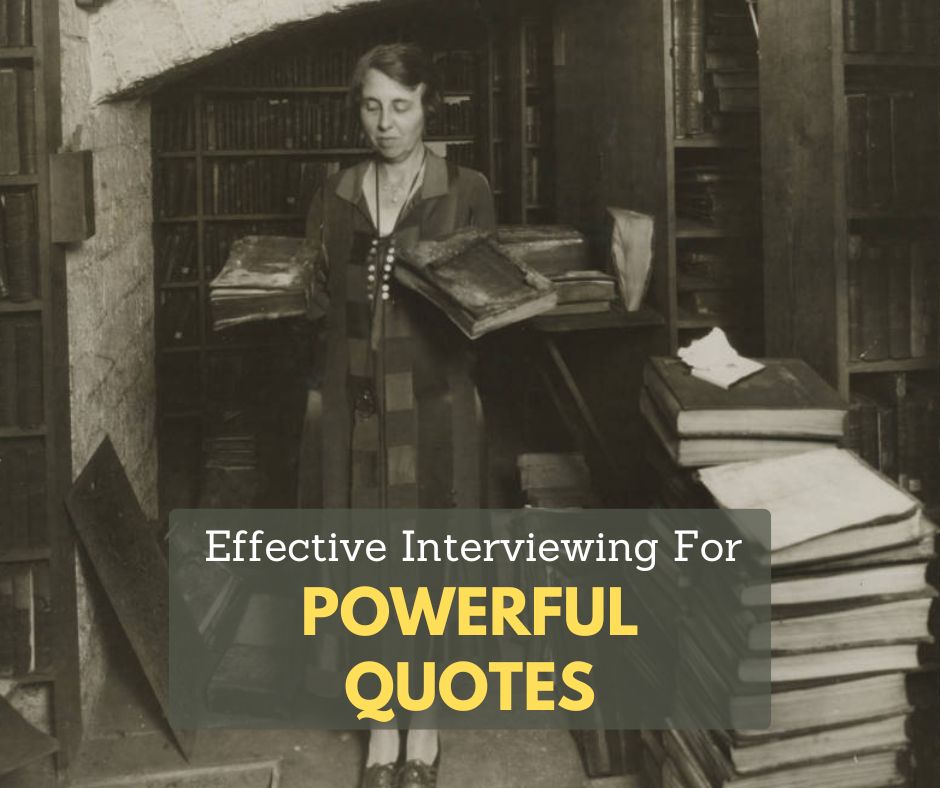
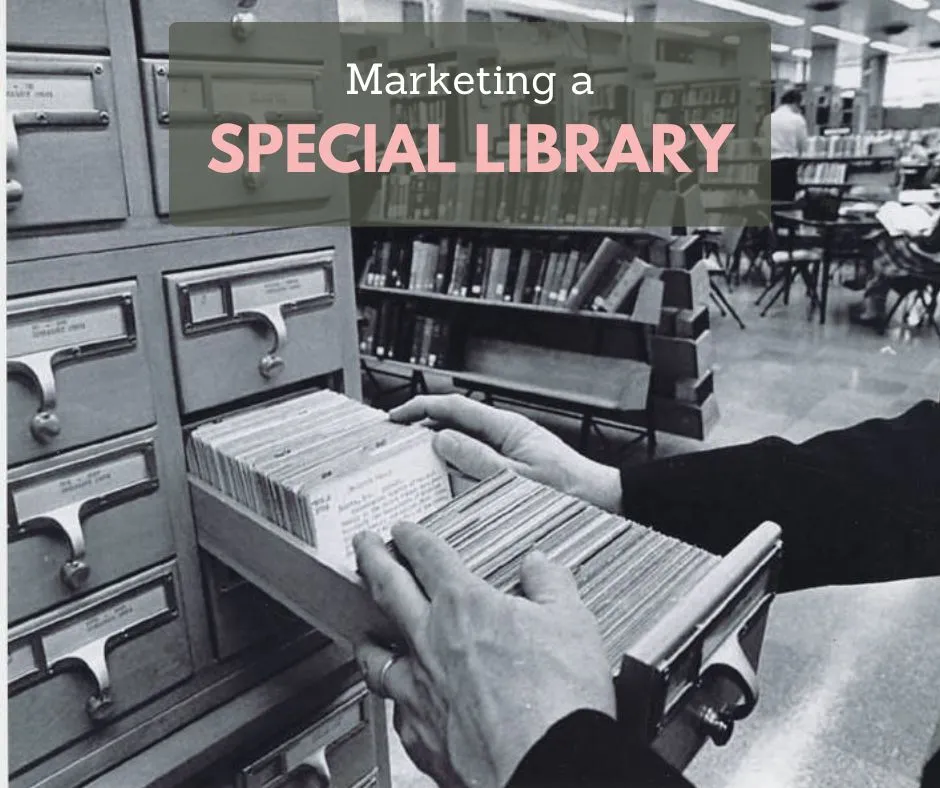
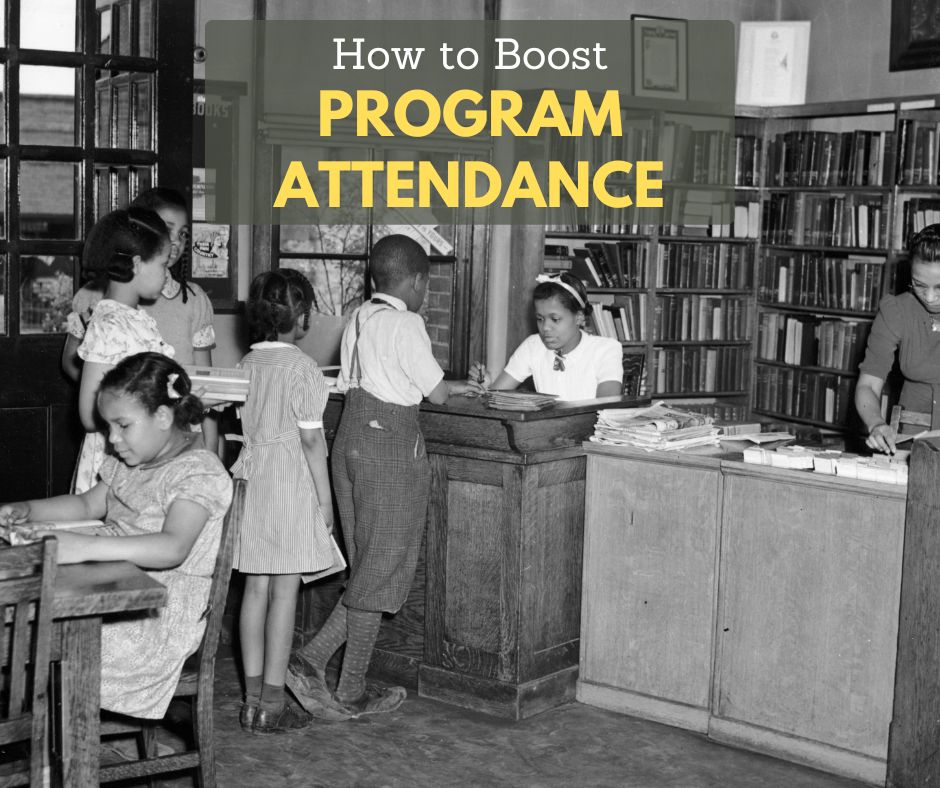
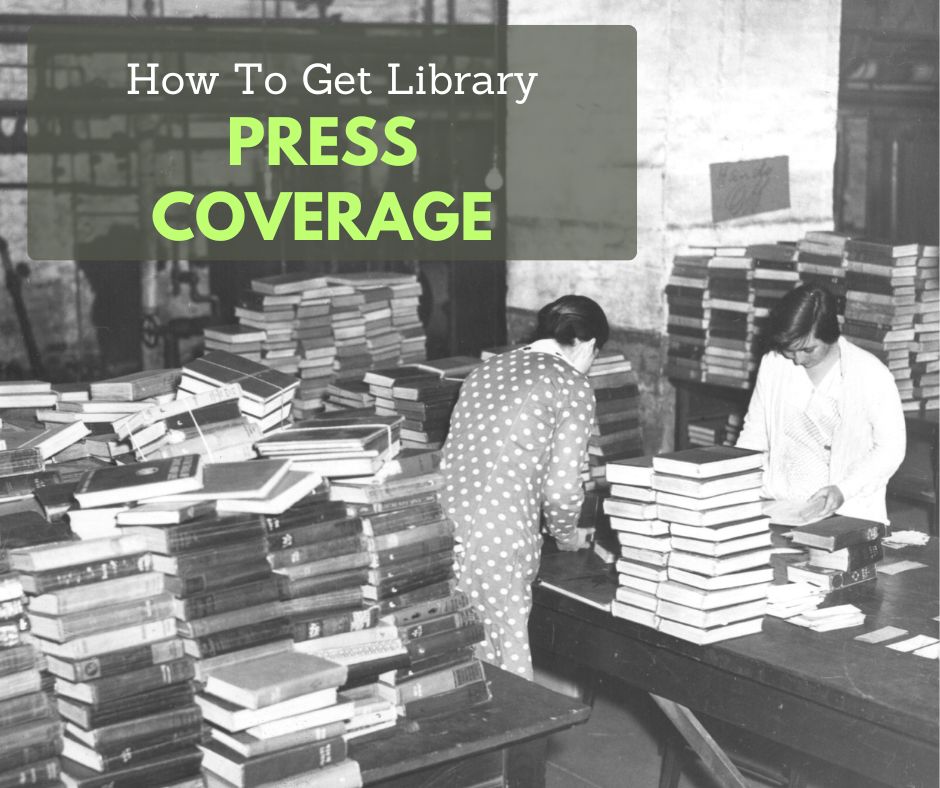
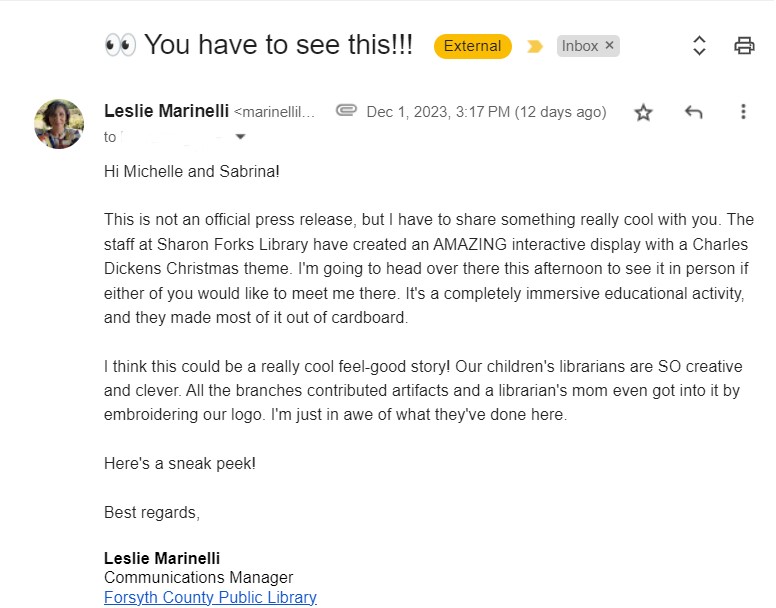
Hijacked! 2 Tips for Responding When Trolls Comment On Your Library Social Media Accounts
Watch this video now
#LibraryMarketing Show, episode 234
Managing social media for a library is hard enough without trolls commenting on your promotional posts. But it does happen! So…
How do you handle it when someone hijacks the comment section of your library’s social media posts? I have some advice for you in this Library Marketing Show episode.
Plus, kudos go to a library that’s been doing something fun and unusual for more than 20 years to promote their collection!
Do you have a suggestion for a topic for a future episode? Want to nominate someone for kudos? Let me know here. And thanks for watching!
Miss the last episode? No worries!
Will I see you soon?
Subscribe to this blog and you’ll receive an email whenever I post. To do that, enter your email address and click on the “Follow” button in the lower left-hand corner of the page. You can also follow me on the following social media platforms:
Share this: